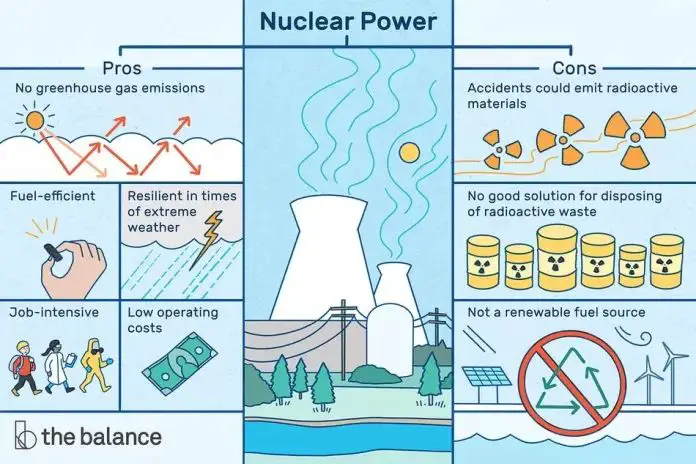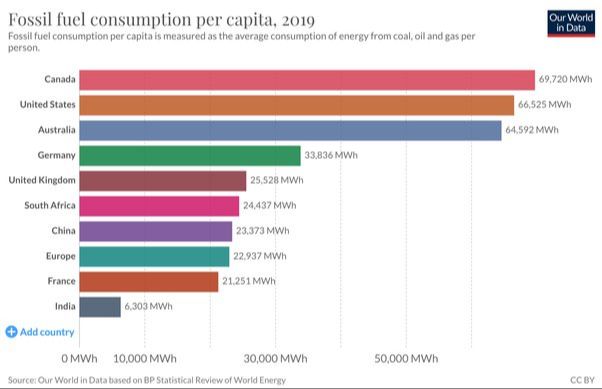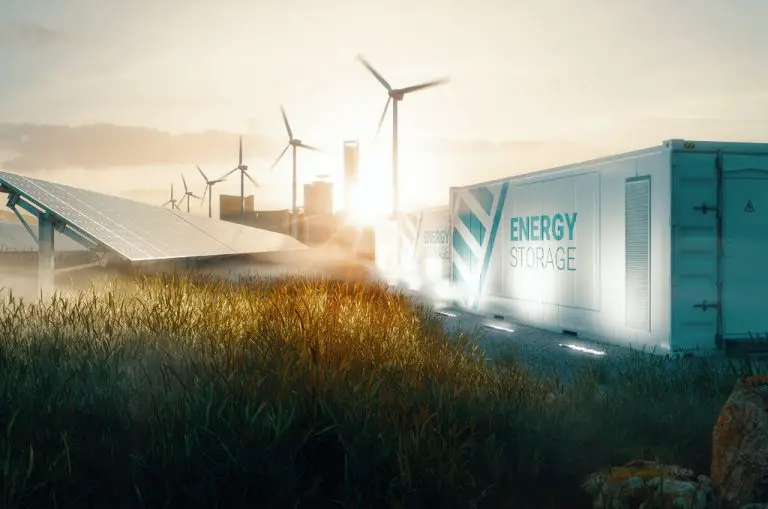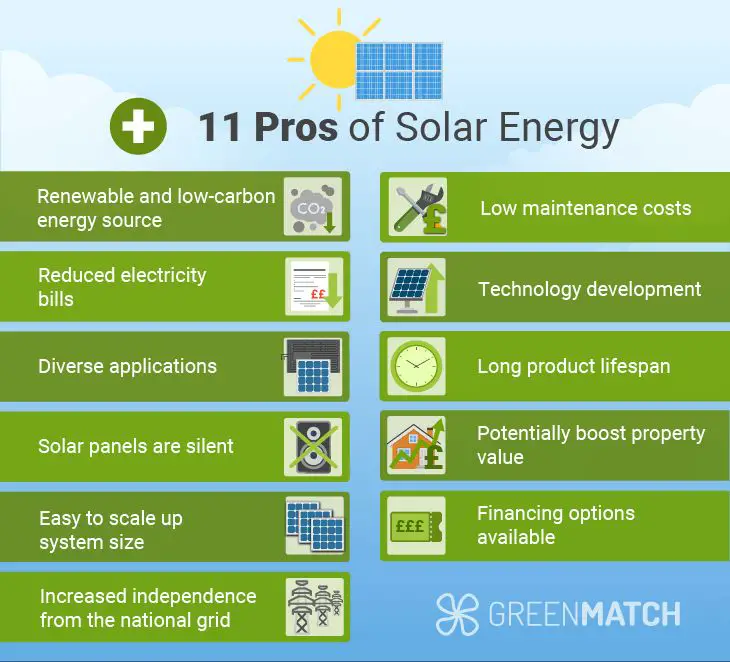Is Nuclear Power Better Than Renewable Energy?

The debate over nuclear power versus renewable energy has raged for decades. Both energy sources have advantages and downsides when it comes to cost, reliability, environmental impact, and more. This article will examine the key pros and cons of nuclear power compared to renewable energy like solar and wind.
The thesis is that nuclear power can provide large amounts of steady baseline power with low emissions, but it comes with risks like accidents and nuclear waste. Renewables like solar and wind are rapidly getting cheaper and can provide emission-free power, but at variable output. There are good arguments on both sides, which this analysis will attempt to lay out in a fair and balanced way.
Safety
Nuclear power plants have multiple robust safety systems in place to prevent accidents and radiation leakage. There have been three major nuclear accidents in history – Three Mile Island, Chernobyl, and Fukushima. The Three Mile Island accident in 1979 was contained and resulted in no deaths or injuries. The Chernobyl disaster in 1986 was the result of serious design flaws and human error, leading to at least 31 direct deaths. The Fukushima accident in 2011 was due to an earthquake and tsunami, and resulted in no direct deaths from radiation exposure (source).
Despite these high-profile accidents, nuclear energy remains one of the safest forms of energy production. The incidence of serious accidents is extremely low, with 18,500 cumulative reactor-years of safe operation as of 2022 (source). Modern nuclear reactors have redundant safety systems and undergo rigorous testing to minimize the risk of meltdowns and radiation exposure.
Reliability
Nuclear power plants have very high capacity factors, meaning they generate electricity consistently over long periods of time. According to the U.S. Department of Energy, nuclear power plants in the United States have averaged a capacity factor of over 90% since 2001, higher than any other energy source [1]. This means that nuclear plants produce power over 90% of the time they are available to operate.
In comparison, renewable energy sources like solar and wind have much lower capacity factors, often under 50%, since their power generation depends on favorable weather conditions. Nuclear provides steady baseline power, while renewables provide intermittent power. The combination of steady nuclear plus intermittent renewables can provide both reliable electricity and flexibility in matching supply with demand.
Cost
Nuclear power plants have very high upfront costs, but relatively low operating costs. The initial capital costs for building nuclear plants are estimated between $6-9 billion per GW installed capacity, much higher than other energy sources like natural gas ($0.7-2.3 billion) or wind/solar ($1-2.2 billion) [Source 1]. However, fuel and maintenance costs for nuclear plants are relatively low at around $35/MWh, lower than natural gas at $44/MWh or wind at $47/MWh according to Lazard [Source 2]. This makes the levelized cost of nuclear energy competitive with other sources despite the high initial investment, with estimates of $112-189/MWh compared to gas ($44-68), wind ($29-56) or solar ($32-44) [Source 3].
Waste
Nuclear power plants produce radioactive waste that requires safe long-term storage. There are three main categories of radioactive waste – low-level waste, intermediate-level waste, and high-level waste. High-level waste is primarily spent nuclear fuel and is the most radioactive. According to the World Nuclear Association, most nuclear waste radioactivity comes from the fission products in the spent fuel, while other sources like activation products in reactor core components contribute little to the overall radioactivity.
Most nuclear waste is temporarily stored on-site at nuclear plants. But long-term storage solutions are still being developed by many countries. Spent fuel rods can be reprocessed to extract uranium and plutonium for reuse, while reducing volume, but there is still radioactive waste leftover that requires disposal. Deep geological repositories are considered the safest permanent method for nuclear waste disposal, where waste is buried hundreds of meters underground in stable rock formations. For example, Finland is constructing a permanent repository called Onkalo at a depth of 450 meters in granite bedrock that is estimated to start receiving spent fuel in the 2020s.
Regulation
The nuclear power industry is highly regulated, especially when it comes to safety. In the United States, the Nuclear Regulatory Commission (NRC) oversees the entire nuclear sector, from power plant licensing and operations to radioactive waste disposal. The NRC has strict oversight and enforces compliance through inspections, enforcement actions, and setting binding standards. Nuclear power plant operators must adhere to strict procedures and rigorous training programs overseen by the NRC.
The NRC regulates all aspects of the civilian use of nuclear materials in the U.S., including nuclear power plants, to ensure adequate protection of public health and safety, and the environment. Their robust regulatory system aims to prevent accidents and mitigate consequences in the event an accident does occur. Though not perfect, the NRC’s oversight is viewed as the gold standard internationally. Nuclear operators work continuously to meet NRC’s stringent safety requirements, knowing the NRC has the authority to levy fines, force plant shutdowns, or revoke operating licenses for noncompliance.
Proliferation Risk
One of the key risks associated with nuclear power is the potential for weapons proliferation. The spread of nuclear weapons capabilities and nuclear materials is a major global security concern. To address this, the Nuclear Non-Proliferation Treaty (NPT) was established in 1968. According to the IAEA, the NPT aims to prevent the spread of nuclear weapons and weapons technology, to foster the peaceful uses of nuclear energy, and to further the goal of disarmament. https://www.iaea.org/publications/documents/treaties/npt
The NPT has been signed by 191 states, with North Korea withdrawing in 2003. While the treaty has helped limit proliferation, issues remain with certain states like Iran and fears over nuclear terrorism. Tight oversight and regulations around nuclear materials are critical to limiting proliferation risks.
Overall, the spread of nuclear weapons capabilities to more states or non-state actors would decrease global security. This remains an ongoing challenge for the nuclear industry and those regulating it. Any expansion of nuclear power must strictly limit proliferation dangers.
Land Use
Nuclear power plants have a very small land footprint compared to renewable energy sources like solar and wind. According to Our World In Data, nuclear power needs 50 times less land area than solar PV and 170 times less land than onshore wind per unit of electricity generated. This is because nuclear plants produce an immense amount of reliable power from a single compact site. The median nuclear plant site in the US covers just 0.6 square miles.
In contrast, utility-scale solar and wind projects require large amounts of land to capture diffuse renewable energy resources. Per unit of electricity, solar PV needs around 43 times more land than nuclear plants, while onshore wind needs around 71 times more, as estimated by this analysis. Though solar and wind have benefits, their sprawling land requirements could become an increasing challenge as we scale up renewable generation.
Nuclear energy’s compact land footprint makes it uniquely suited to provide abundant carbon-free electricity even in densely populated areas.
Public Opinion
Public opinion on nuclear energy is mixed in the United States. According to recent surveys from Gallup and Pew Research Center, the share of Americans who favor expanding nuclear power has been rising over the past decade, with 46-62% of Americans across political parties now in support of nuclear energy (Pew Research Center, 2023) (Gallup, 2023). However, concerns around safety and radioactive waste continue to shape public perception. Incidents like Three Mile Island, Chernobyl, and Fukushima raised alarm over the potential risks and long-term waste management challenges of nuclear power. While the nuclear industry highlights improvements in safety and technology, segments of the public remain wary of significant expansion until issues around accident prevention, waste disposal, and decommissioning are fully addressed.
Conclusion
In conclusion, both renewable energy sources and nuclear power have advantages and disadvantages that must be weighed when considering the future of energy production. Renewables like solar and wind are rapidly growing and have benefits like zero emissions and no fuel costs. But they also face challenges like intermittency and high upfront costs. Nuclear provides reliable, low-emission baseload power, but has downsides like accident risks and radioactive waste. There is no definitive answer on which energy source is “better”, rather they each have a role to play. The optimal solution likely involves using a diverse mix of energy sources, including renewables, nuclear, and perhaps emerging options like fusion. With careful planning and wise policy, there are paths forward that harness the strengths of both nuclear power and renewables.
As technology advances and energy needs evolve, nuclear power and renewables may complement each other in creative ways. For example, nuclear could provide consistent baseload power to balance intermittent wind and solar generation. Or small modular nuclear reactors could provide power to remote areas unsuited for massive renewable farms. The outlook depends greatly on factors like cost reductions in key technologies, evolving electricity demands and grid management strategies, climate change priorities, and public acceptance. Regardless of the path forward, wise governance and open dialogue are needed to shape energy policy that accounts for the complex techno-economic and social tradeoffs involved.




